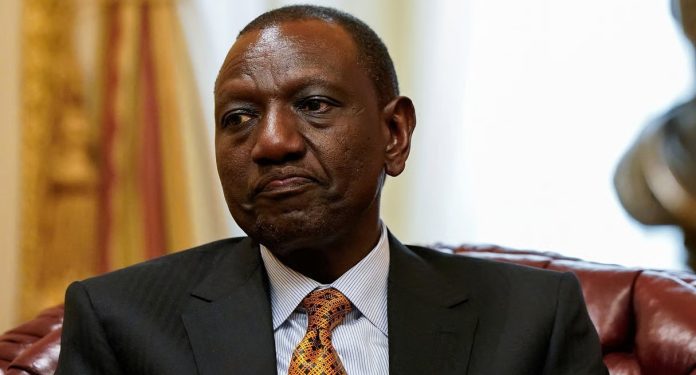The debt problem in Kenya appears to be ballooning at an alarming rate. Over the past three years, Kenya’s public debt has been on a steady rise. Last week, the public debt crossed the Sh12.1 trillion mark with domestic debt now standing at around Sh6.566 trillion and external debt standing at Sh5.485 trillion.
The accumulation of public debt under the current government maintains the trend that started with the previous administration. Under the previous administration that was led by former President Uhuru Kenyatta, some Sh6.781 trillion was borrowed within a ten-year period. The current administration has borrowed Sh3.387 trillion in just three years.
This comes as President Ruto marks three years since his inauguration into office. At the time the country went into the last General Election in August 2022, the public debt stood at about Sh8.7 trillion.
The Sh12.1 trillion debt now represents 75 percent of the 2024 Gross Domestic Product (GDP). In the recently concluded financial year 2024/25, President Ruto’s government borrowed an additional Sh1.25 trillion.
In that financial year, the total borrowing including the repayments stood at Sh1.6 trillion. This meant that the Sh1.25 trillion that was borrowed had nothing to do with payment of past debts whose interest is paid using tax revenues.
In the previous financial year, interest on domestic debt increased by the sharpest rate in the last five years of 18.36 percent. This is after domestic borrowing went up by around Sh534 billion in June 2024 to about Sh632 billion in June 2025.
READ MORE: State House received Sh3.6bn for fuel, travel within 42 days from Treasury
This high appetite for debts goes against a pledge the current president had made in 2023 when he pitched for the Finance Bill 2023. At the time, President Ruto had claimed that he would not borrow to meet government expenditure.
“I have said that I will not go to borrow, that one I will not do,” President Ruto had said publicly.
On debt repayments from collected revenues, the National Treasury is expecting to spend Sh1.09 trillion in interest payment on public debt in the current 2025/26 financial year. The largest amount will be on interest payment for domestic debt at Sh851.42 billion.
The domestic debt is drawn largely from banks, pension funds, and insurance companies through treasury bonds and treasury bills. In 2024, the cost of borrowing from bonds and treasury bills hit highs of 18.4 and 17 percent respectively.
Data from the National Treasury shows that from March 2024 to March 2025, the government had borrowed over Sh1 trillion locally. Debt owed to commercial banks from local auctions of treasury bonds and treasury bills increased by 18.7 percent to Sh2.6 trillion from Sh2.19 trillion within this period. Debt owed to non-banks and non-residents increased from Sh2.84 trillion to Sh3.33 trillion.








